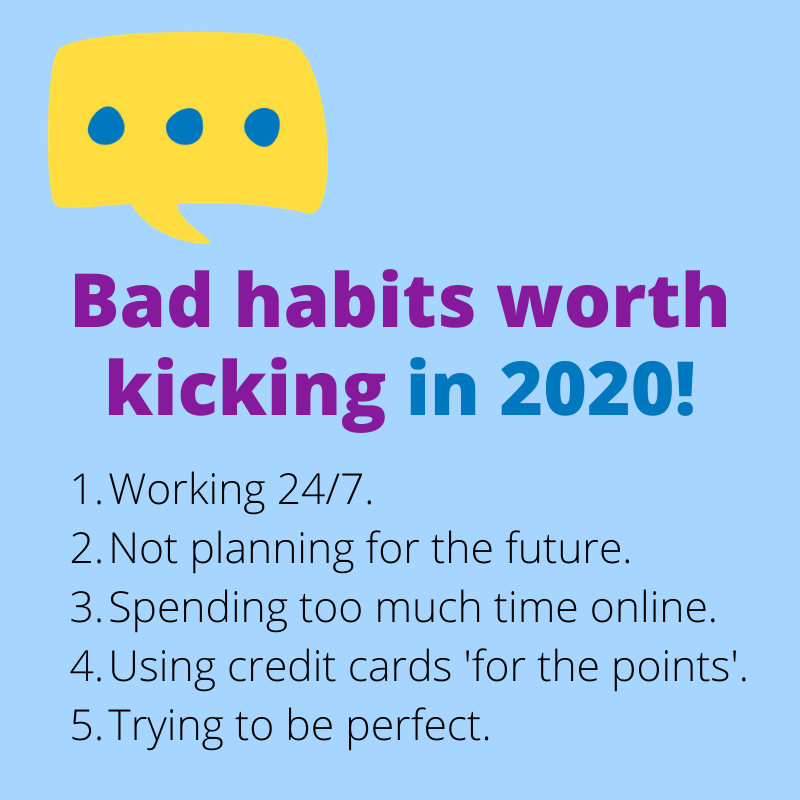
Sustainable Pricing in the Insurance Industry
Sustainable Pricing in the Insurance Industry
I spend a lot of my time speaking to Advisers and Brokers across the industry, as it’s my firm belief that we get the best results when we operate in partnership to find solutions to industry wide problems.
APRA has made a number of moves, particularly as it relates to Individual Disability Income Insurance, to ensure the industry thinks in terms of sustainability but it’s a move that many Advisers feel is long-overdue. Not just for their clients, but also for them.
I recently asked some Advisers their views on sustainable pricing to get to the heart of why this is the case.
“As an adviser, pre and post Royal Commission, it has been my duty to ensure that my client’s financial position is stable, as predictable as possible and protected.”
Amie Baker, Rekab Advice
One of the financial advice industry’s clear and present dangers stings advisers and their clients alike: upfront, unsustainable pricing discounts used by insurance companies to hook clients, but then spike.
When once attractive, discounted premiums jump, and it’s clear many clients hold the Adviser directly responsible. “Clients have premium fatigue” Jeremy Boller from Certe Wealth Protection says. “Conversations with clients around price increases on both stepped and level premiums has increased dramatically, especially on the disability income front”.
Limited options for advisers facing unhappy clients
Advisers are often caught between a rock and a hard place once discounts vanish.
“In many cases, I review clients’ insurance policies and the biggest complaint is the premium increases.” Says Amie Baker from Rekab Advice.
“And within the first few years of a policy we are challenged, as we cannot be seen to churn, even though clients are often requesting cheaper options”.
Holding the bag after big first year discounts disappear also wastes an adviser’s time. Jeremy says he completely understands clients want affordable premiums, but “the current marketplace offering ridiculous first year discounts…leads to advisers spending far too much time at renewal attempting to ensure clients maintain their cover.”
Age wearies both clients and their advisers
And while honeymoon discounts are hardly a new concept, older clients often encounter a particularly nasty sting in the tail. Huge but temporary first year discounts encourage clients to switch providers every few years, but those clients can end up paying more over the life of a policy as they age and are re-costed for coverage when they health deteriorates over time.
Health problems that arise after a policy is issued may even make it harder for older clients to find a new policy with the same pricing and benefits.
“There is a lot of time and research that advisers undertake that goes into making a recommendation of the most suitable insurance policy and protection strategy” says Paul Davies from Jarickson Insurance Brokers.
“It is not merely selling an insurance product.”
Insurance companies now must help advisers deliver what clients need
“We work for the client, not the insurer, but we still bear the frustration of our clients when insurers increase rates dramatically” says Paul.
“So our poor reputation is a result of insurance company behaviour.”
The industry now needs to change, and to find ways to sell life-insurance by demonstrating the value, not offering heavy unsustainable discounts.
“An insurer who is not the cheapest, but focuses on a price point that will not vary so dramatically will, in fact get the bulk of business going forward,” says Paul.
“We are looking for stability in an increasingly unstable industry.”
Amie Baker agrees. “Knowing up front when recommending a policy that shows long term competitive rates helps a business like mine,” she says. “It meets my objectives in delivering a sustainably priced premium to my clients.”
Regulation is also driving the long-term pricing that Paul Davies says the general public and advisers alike deserve – and must grapple. APRA has already sounded the death knell for cross-subsidisation and the disentangling of subsidies from income protection and other life insurance products.
We embrace these changes. Our name reflects the foundation ethos of giving fastidious attention to serving the industry’s most experienced and ethical advisers and their clients.
“It’s a long road,” says Paul. “So the product manufacturers need to start now”.

Suzie Brown
General Manager Distribution

Get in contact to learn more about how sustainable pricing benefits you, your clients and our Industry.










